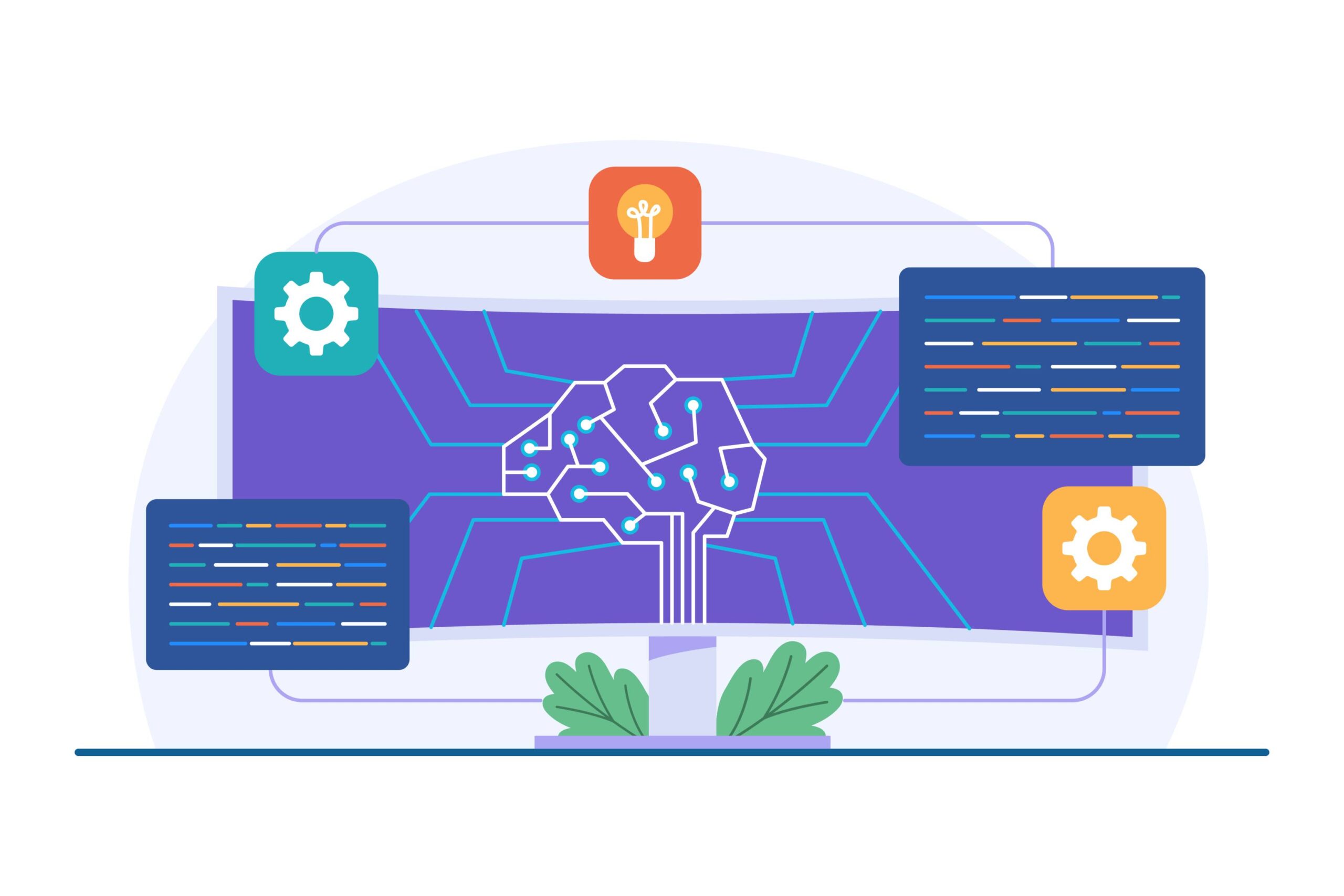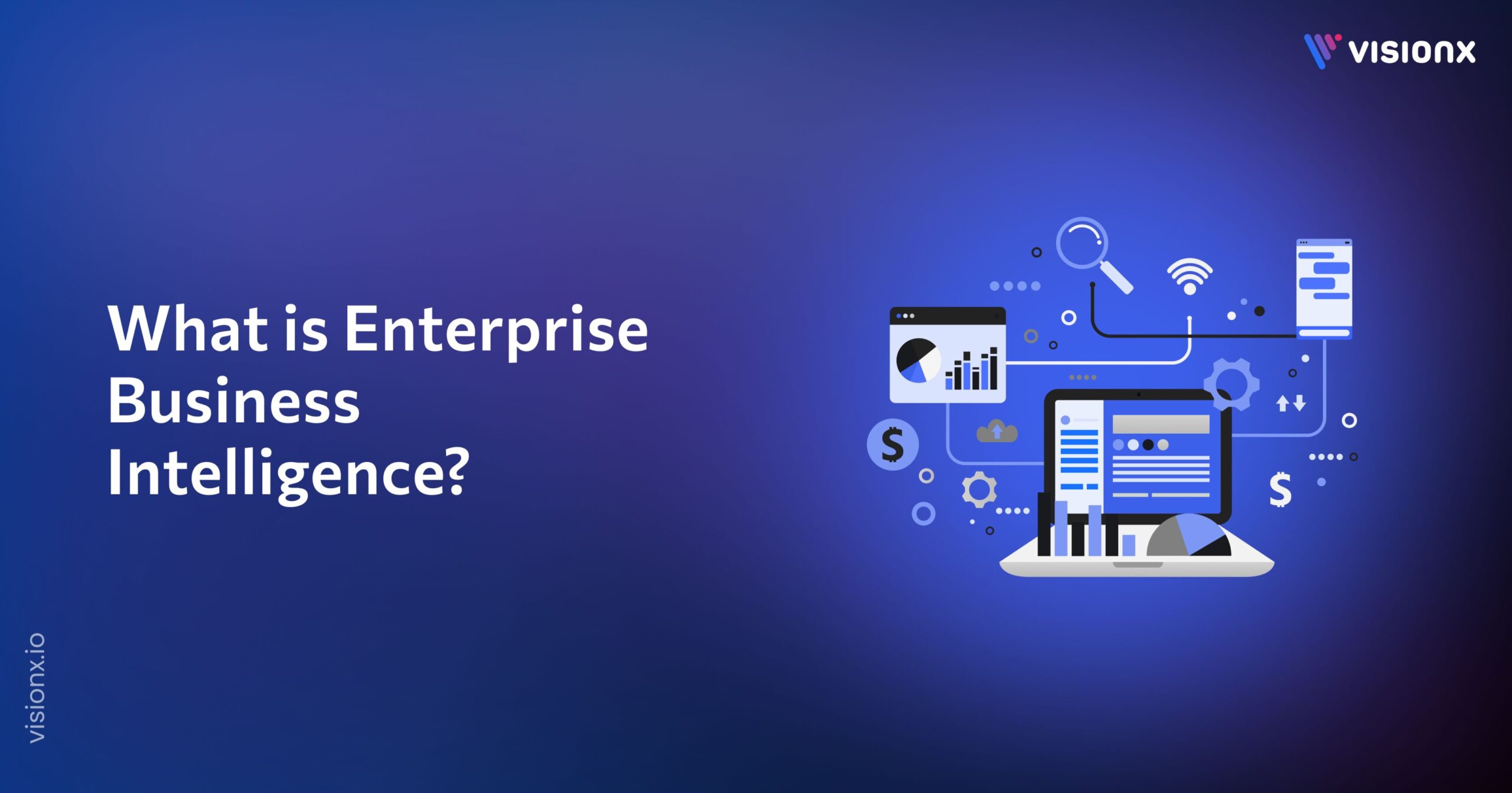Machine learning workflows specify the stages of implementing a machine learning project. These stages typically include data gathering, pre-processing, and production deployment.
Certain parts of the machine learning operations cycle, including the feature and model selection stages, can be automated, but not all of them. This blog will discuss the steps involve in machine learning workflow, automation strategies, and upcoming developments in the field.
What does Machine Learning Workflow Mean?
The Machine Learning Workflow refers to the structured sequence of steps and processes involved in creating, deploying, and maintaining machine learning models.
The stages of a machine learning project may vary depending on the type of project. The most common phases often include:
- Gathering data
- Preprocessing data
- Creating a dataset
- Training and assessing the model
- Deploying it to production
Goals of Machine Learning Workflow
Machine learning involves computers to perform tasks based on examples and the data you supply. Rather than writing specific code to direct a computer, your code offers an algorithm that learns to imitate correct behaviors from examples.
The primary goal is to address a particular problem or achieve a specific outcome using machine learning. The second is finding a working method.
Continuous performance monitoring is essential to adapt to changes over time, while delivering actionable insights that drive decision-making. Ultimately, the workflow aims to generate value from the model’s output, facilitating robust and reliable solutions that meet business or research needs.
It’s better not to force the model into a rigid workflow but instead allow it to be flexible. Start small and then move up to a more robust solution.
Why Are Machine Learning Workflows Important?
Machine learning workflows help with the following:
| Benefit | Description |
| Clarity and Focus | A properly defined workflow makes identifying roles, responsibilities, and project goals easier. This keeps everyone on the team engaged and in line as they work toward the same goals. |
| Efficiency and Productivity | A well-structured workflow offers an organized way to manage complex machine learning projects, resulting in increased productivity and efficiency through task organization, resource management, and practical progress tracking. |
| Quality Assurance | Each step of the machine learning process is carried out methodically through a standardized workflow, which helps to identify and address possible problems early in the project’s lifetime. |
| Reproducibility and Scalability | Every step taken during development is documented in a well-defined workflow, which facilitates the replication of outcomes and offers a framework that can be modified and used for new projects. |
| Risk Management | Machine learning workflows improve risk management by detecting possible risks and uncertainties early on and enabling the execution of proactive mitigation measures to lower the possibility of project failure. |
Steps of Machine Learning Workflow
The stages of machine learning workflow depend on the kind of project. Workflow should be flexible to accommodate the varying needs of the project. Some common steps followed to develop a machine learning model are:
1. Identify the Problem:
Clearly define your project’s goal. It starts with identifying the pain point that you intend to resolve and the actual goal of the project. After that, pin down the data sources you will rely on to train the model. Also, make sure that your goals are measurable by defining key performance metrics.
2. Data Collection:
Data collection is the first step of the machine learning process. The quality of the data you collect will ultimately affect the output of your machine learning model. There are multiple sources to collect the data, the most common being databases, CRM systems, IoT devices, and clickstream data.
3. Data Preprocessing:
The collected data must be refined to make it usable for model training. To do so, data is pre-processed for cleaning and formatting in datasets. Clean and well-structured data can significantly enhance model accuracy and generalization. While pre-processing data, you may find missing entries; fill them manually to avoid incomplete information.
4. Selecting the Right Model
Selecting the right model depends on various factors, including the complexity and size of the project, data patterns, and the desired model’s cost. To tackle this, you can research the relevant projects and evaluate the model they are using for similar tasks.
5. Model Development:
After model selection comes the training part. Train multiple models on the given data to evaluate the performance of each model and select the best out of them. Categorize the data in training and validation sets and identify which pattern is producing the desired results.
6. Model Evaluation and Validation:
Evaluate the trained model’s performance on unseen data. It will determine the model’s ability to generalize the knowledge from trained data to new. The choice of metrics depends on the specific problem and goals, but some common metrics include accuracy, precision, recall, F1-score, and confusion matrix.
7. Model Deployment:
After training and performance evaluation, make the model accessible to the user. It involves integrating the model into a production environment where it can receive inputs, process them, and generate outputs.
Challenges in ML Workflows
Machine learning workflows have specific challenges but can greatly simplify complicated decision-making processes.
| Challenge | Description |
| Data Quality and Preparation | Only complete or correct datasets can result in biased and accurate models. After data preprocessing, restoring missing features takes much time and resources. |
| Model Selection | Choosing the appropriate algorithms and adjusting parameters according to the data requires significant expertise and experimentation. This process can also be time-consuming and manual. |
| Resource Allocation | Workflows for ML models can require a lot of computing power and configuration. Inefficient resource management can raise expenses and reduce productivity. Proper management is crucial to comprehending the model’s magnitude and guaranteeing smooth operation. |
| Complex Model Deployment | When implementing complex machine learning models in real-world scenarios, it’s crucial to maintain reliability and accuracy while addressing infrastructure issues. Without proper context, these models may behave like “black boxes,” making it challenging to comprehend their decisions. |
Strategies for Optimizing ML Workflows
1. Data Quality Enhancement
Investing in data quality assurance from the beginning is essential. The feature analysis, normalization, and data cleaning procedures improve the accuracy and suitability of the data used for model training. Quality data is the starting point for the best possible model training.
2. Automated Hyperparameter Tuning
It may improve efficiency by automating hyperparameters and utilizing matrix or random search strategies. Data-centric AI platforms can also automate the selection of parameter values, optimizing the machine learning workflow to ensure quality and provide deeper insights.
3. Resource Efficiency
ML workflows function more efficiently if resource management is done through cloud services and computing platforms. Competitive services offer flexibility, allowing for efficient expense management and resource distribution while controlling costs.
4. Scalable Model Deployment
Implementing orchestration and containerization technologies can manage end-to-end machine learning operations with dependability and efficiency. These technologies also facilitate easy deployment and consistent maintenance among ML model implementations.
5. Continuous Monitoring
Installing feedback generation and ongoing monitoring can help find problems and irregularities in data. This makes proactively maintaining and retraining models to sustain peak performance easier.
Ways to Automate Machine Learning Workflow
1. Automated Data Preparation
Implementing tools and frameworks that automate feature engineering, preprocessing, and data cleaning is essential to speeding up the workflow’s initial stages.
2. Automated Model Selection
Use autoML platforms to determine the optimal algorithms and architectures for a given dataset and problem.
3. Automated Hyperparameter Tuning
Utilize automated workflows for model evaluation and training across various datasets. This involves monitoring performance indicators and ensuring that the models meet pre-established criteria.
4. Automated Training and Evaluation
To enhance model performance, use hyperparameter optimization methods that systematically look for the ideal parameter values.
5. Automated Deployment
Use pipelines for continuous integration and deployment to make integrating models into production settings easier.
6. Automated Monitoring and Maintenance
Implement monitoring tools to track model performance in production and automate the process of training or upgrading models as necessary.
7. Automated Reporting
Use reporting solutions to automatically generate and share performance reports and insights, ensuring stakeholders are informed with the least manual effort.
Future Trends in ML Workflow Optimization
Automating ML workflows with generative AI is the way to develop AI-powered solutions in the future. ML workflow tools available at every process stage can improve ML model training.
Integrating generative AI in machine learning workflows is expected to improve transparency and efficiency, reducing the current ambiguity in ML models. The upcoming field of quantum machine learning will likely create new prospects for innovative data processing and model deployment.
Final Thoughts
Success in the constantly changing field of machine learning depends on comprehending and refining machine learning workflows. By assessing ML workflows’ components and life cycles, resolving obstacles, and using optimization techniques, ML workflows can be helpful for practical application.
The most recent developments in ML workflow suggest that Generative AI is about to enter an exciting new era that data-centric AI systems will shape.
VisionX specializes in helping companies efficiently implement and manage machine learning projects. They offer various services related to machine learning, including custom machine learning model development. This involves working closely with customers to create customized models to solve specific business problems.


